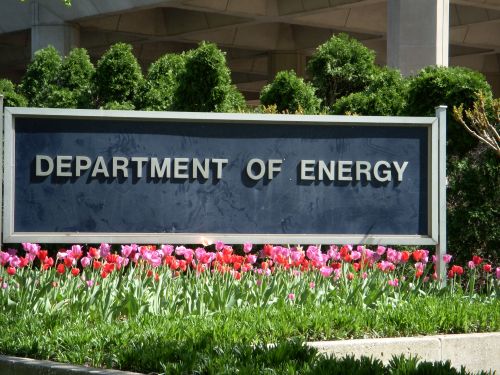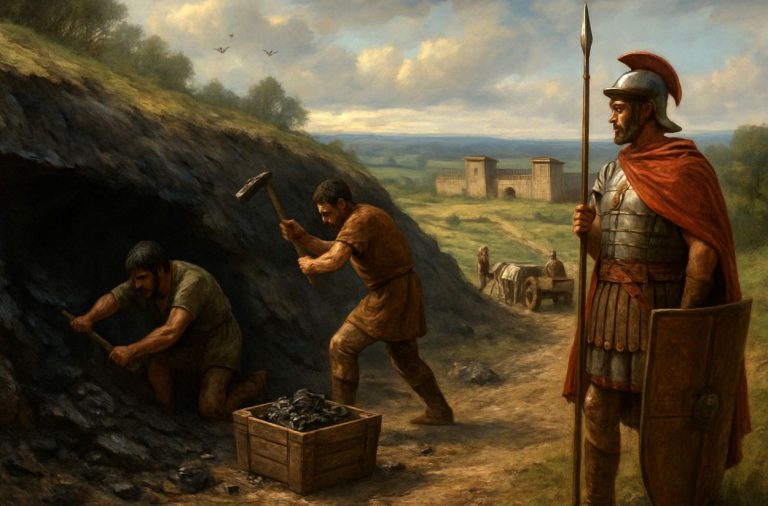

If this report becomes the new reference, the consequences will be felt not in laboratories or courtrooms, but in communities already pushed to the brink.

By Matthew A. McIntosh
Public Historian
Brewminate
Introduction
In moments like this, the tension between empirical truth and political narrative becomes painfully vivid. The Department of Energy has issued a report that diverges sharply from established climate science. Crafted under Energy Secretary Chris Wright, the document asserts that climate change concerns are overblown and even casts CO₂ in a redemptive glow. The backlash has been swift, layered, and deeply telling of how science fares in the crosshairs of policy.
In July, a coalition of five climate skeptics, some with long histories of questioning the impact of greenhouse gases, were enlisted to produce a DOE-backed climate report. Its central claim: the widely held understanding that rising carbon emissions fuel extreme weather and threaten health and welfare may be exaggerated or even wrong. Beyond merely questioning the data, the report proffers that carbon dioxide is beneficial, that climate models lack predictive power, and that extreme weather trends are overstated.
A Controversial Narrative Takes Shape

On CNN, Secretary Wright described past climate assessments as unfairly alarmist. He said that when officials encounter data they find objectionable, they must revisit it. Within days, the DOE had removed these reports from public access, and over 400 scientists working on the next National Climate Assessment had been dismissed. The optics, critics argue, feel less like transparency than an erasure of inconvenient truths.
Meanwhile, climate scientists are bristling. Michael Mann directly confronted the false claims. Rachel Cleetus, a policy director at the Union of Concerned Scientists, warned that replacing rigorous, congressionally mandated science with political canards is simply dangerous. She urged Congress to preserve the integrity of the climate assessment process.
The Science That Stood Before It
Contrast the new report with the work of agencies like NOAA and the IPCC, institutions that lean on peer review, broad collaboration, and transparent modeling. Decades of observational data affirm that greenhouse gas emissions amplify heatwaves, intensify storms, and reshape weather patterns. That foundation has guided global policy and public understanding, until today.
In stark opposition, the DOE report rests on assertions suited more for ideological framing than empirical validation. Its authors are noted figures among climate contrarians, bringing reputations that precede and complicate the document’s credibility.
Cultural and Political Ripples
Every policy decision carries cultural weight, and climate policy has become a flashpoint. In this case, it is less about science and more about authority. For communities already facing wildfires, floods, and hurricanes, this feels like the equivalent of yanking away the emergency broadcast system in the middle of a crisis. Public trust in institutions hinges on transparency and rigor, both of which seem to be eroding.
Academia and media have responded. Leading scientific societies are challenging the science and preparing parallel assessments. Journalists are digging into the report’s data, exposing its selective framing. Legislators in Congress have begun to investigate the report’s influence and accountability.
What Happens Next
If left unchecked, these narratives may shape policy, roll back clean air rules, and redefine what counts as evidence. The Supreme Court has already judged CO₂ a pollutant under the Clean Air Act, a finding supported by science and law. Rewriting that foundation on one-sided reports may not stand up to scrutiny in court.
Still, the broader lesson endures. When data is muted in favor of ideology, the cost is not abstract. Lives and livelihoods hang in the balance. Climate science is not a toolbox for political convenience. It is a mirror of planetary risk. When that mirror is warped, the view of the future is lost. In this moment, we are forced to ask: what do we do when the map no longer matches the terrain? If this report becomes the new reference, the consequences will be felt not in laboratories or courtrooms, but in communities already pushed to the brink.
Originally published by Brewminate, 08.11.2025, under the terms of a Creative Commons Attribution-NonCommercial-NoDerivatives 4.0 International license.


